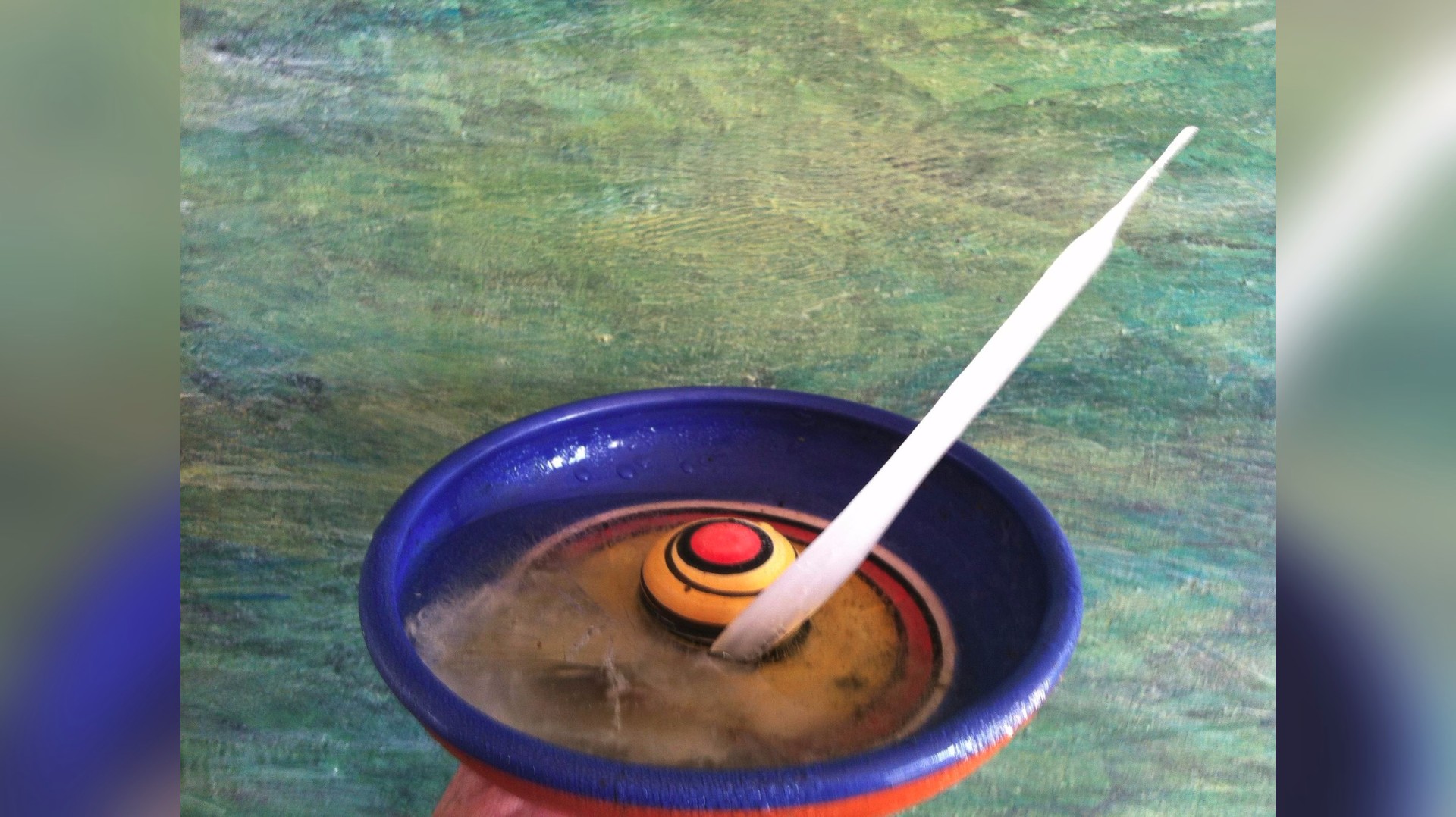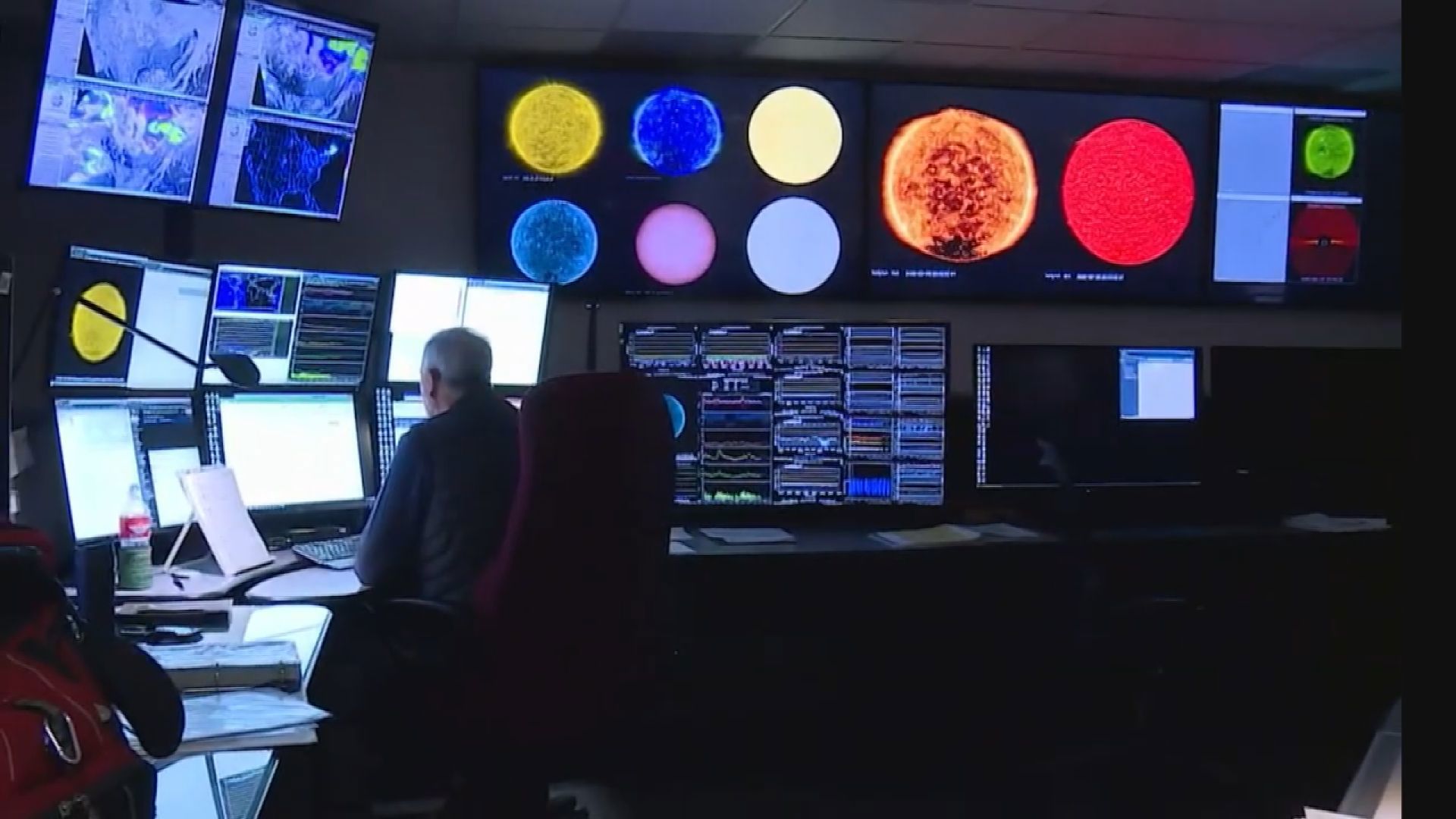In the midst of Western Washington’s strange cold weather, a viewer saw an unusual ice spike form on their patio.
After leaving a bowl of water outside overnight, the water froze and a large ice spike jetted out from the top at a 45 degree angle.

The spikes are rare and are formed when temperatures drop quickly, as we wrote in a 2013 weather Facebook post. The water on the top freezes first, followed by water on the edges. Since water expands as it freezes, the water underneath the surface is pushed up through any remaining gaps on the surface. The water freezes around the rim of the tube, forming a spike, according to scientists at Cal Tech.

Those scientists also experimented with different temperatures and found spikes were more likely to form when temperatures were just below freezing.
In their experiments, the scientists also found the spikes were more likely to form when a fan was blowing, possibly creating “evaporative cooling that makes the top of the ice spike freeze more readily, so the tube can develop further before it freezes shut.”


